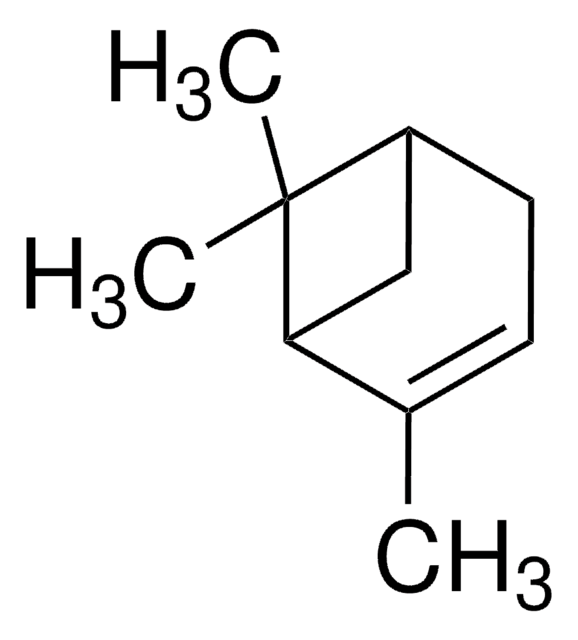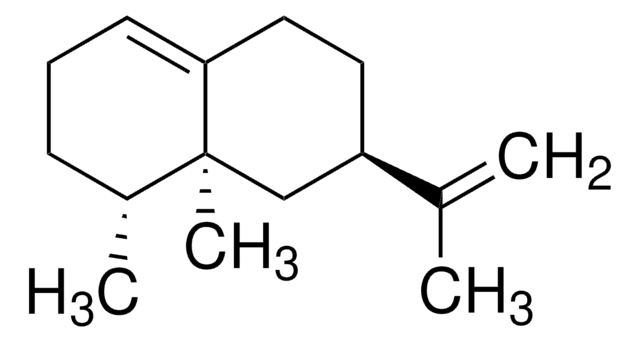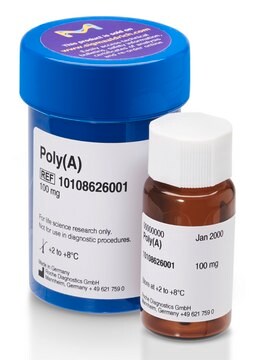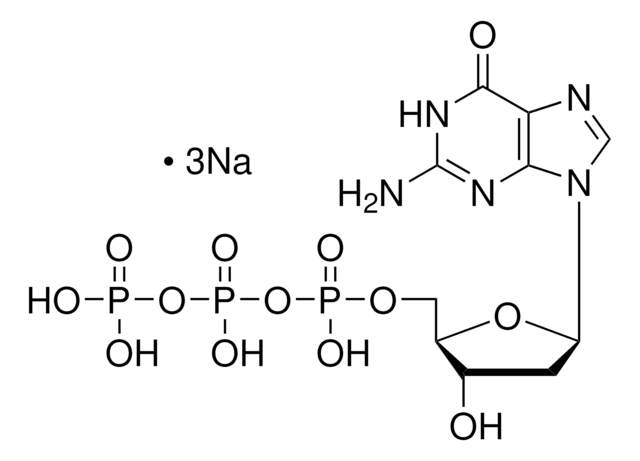A0410
Aminoallyl-dUTP sodium salt
≥85%, lyophilized powder
Sinónimos:
5-[3-Aminoallyl]-2′-deoxyuridine 5′-triphosphate, AA-dUTP
About This Item
Productos recomendados
Nivel de calidad
Análisis
≥85%
formulario
lyophilized powder
Condiciones de envío
dry ice
temp. de almacenamiento
−70°C
¿Está buscando productos similares? Visita Guía de comparación de productos
Aplicación
- to add to the deoxynucleoside triphosphate mix for complementary DNA (cDNA) synthesis
- for the generation of chromatin immunoprecipitation (ChIP) probes
- in the reverse transcription of RNA for the synthesis of fluorescent labelled probes
Acciones bioquímicas o fisiológicas
Código de clase de almacenamiento
11 - Combustible Solids
Clase de riesgo para el agua (WGK)
WGK 3
Punto de inflamabilidad (°F)
Not applicable
Punto de inflamabilidad (°C)
Not applicable
Equipo de protección personal
Eyeshields, Gloves, type N95 (US)
Certificados de análisis (COA)
Busque Certificados de análisis (COA) introduciendo el número de lote del producto. Los números de lote se encuentran en la etiqueta del producto después de las palabras «Lot» o «Batch»
¿Ya tiene este producto?
Encuentre la documentación para los productos que ha comprado recientemente en la Biblioteca de documentos.
Los clientes también vieron
Nuestro equipo de científicos tiene experiencia en todas las áreas de investigación: Ciencias de la vida, Ciencia de los materiales, Síntesis química, Cromatografía, Analítica y muchas otras.
Póngase en contacto con el Servicio técnico








